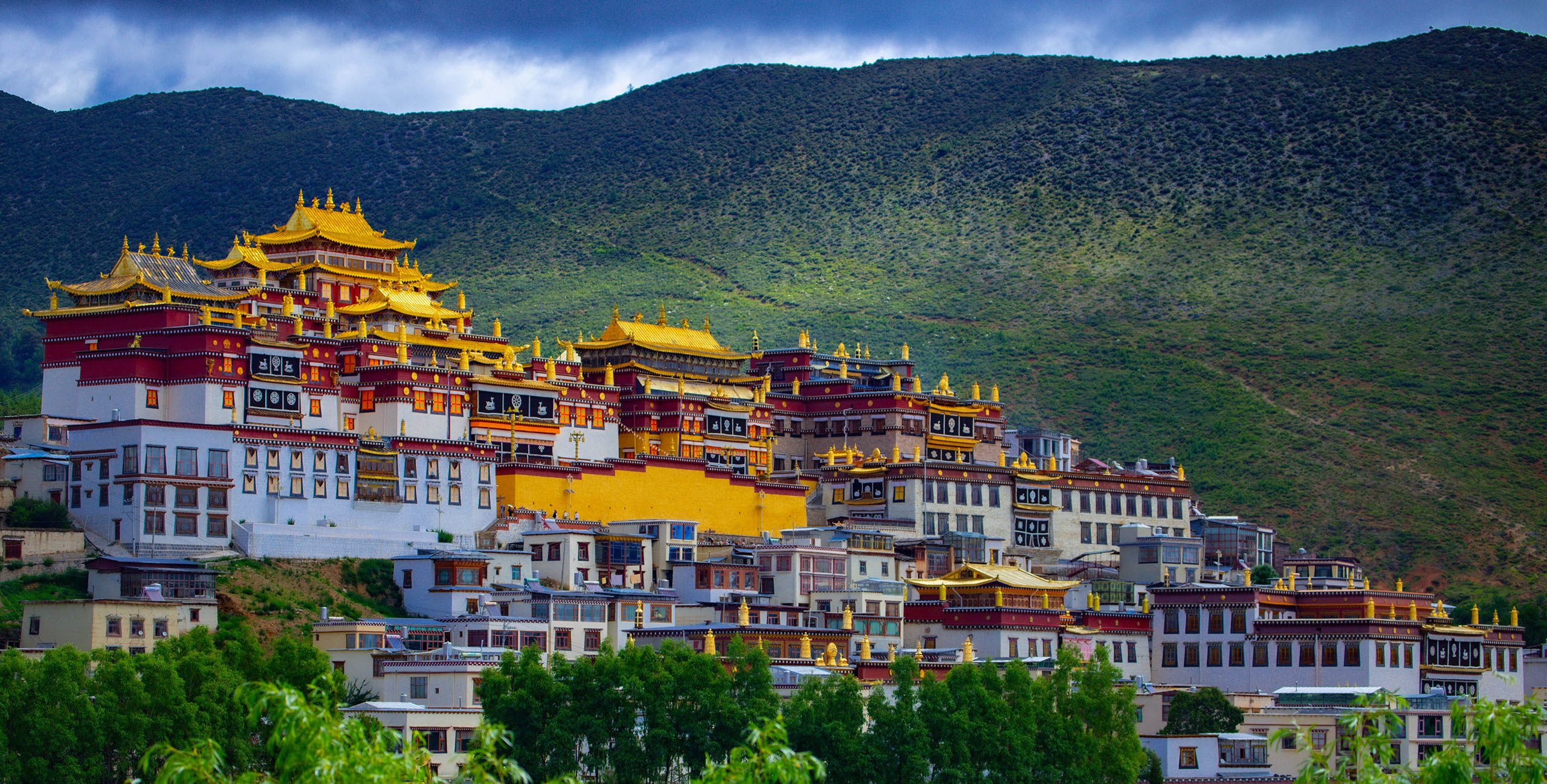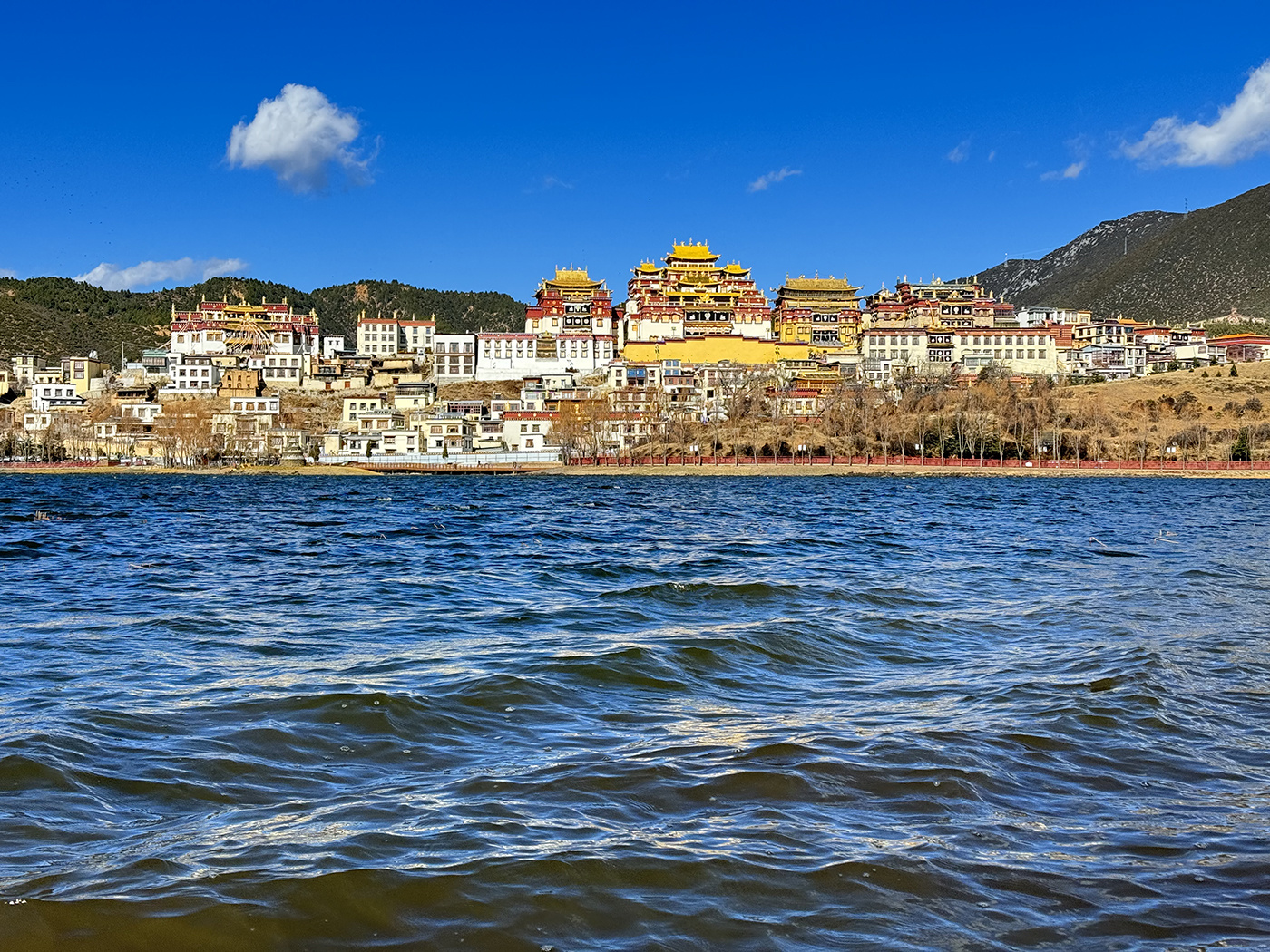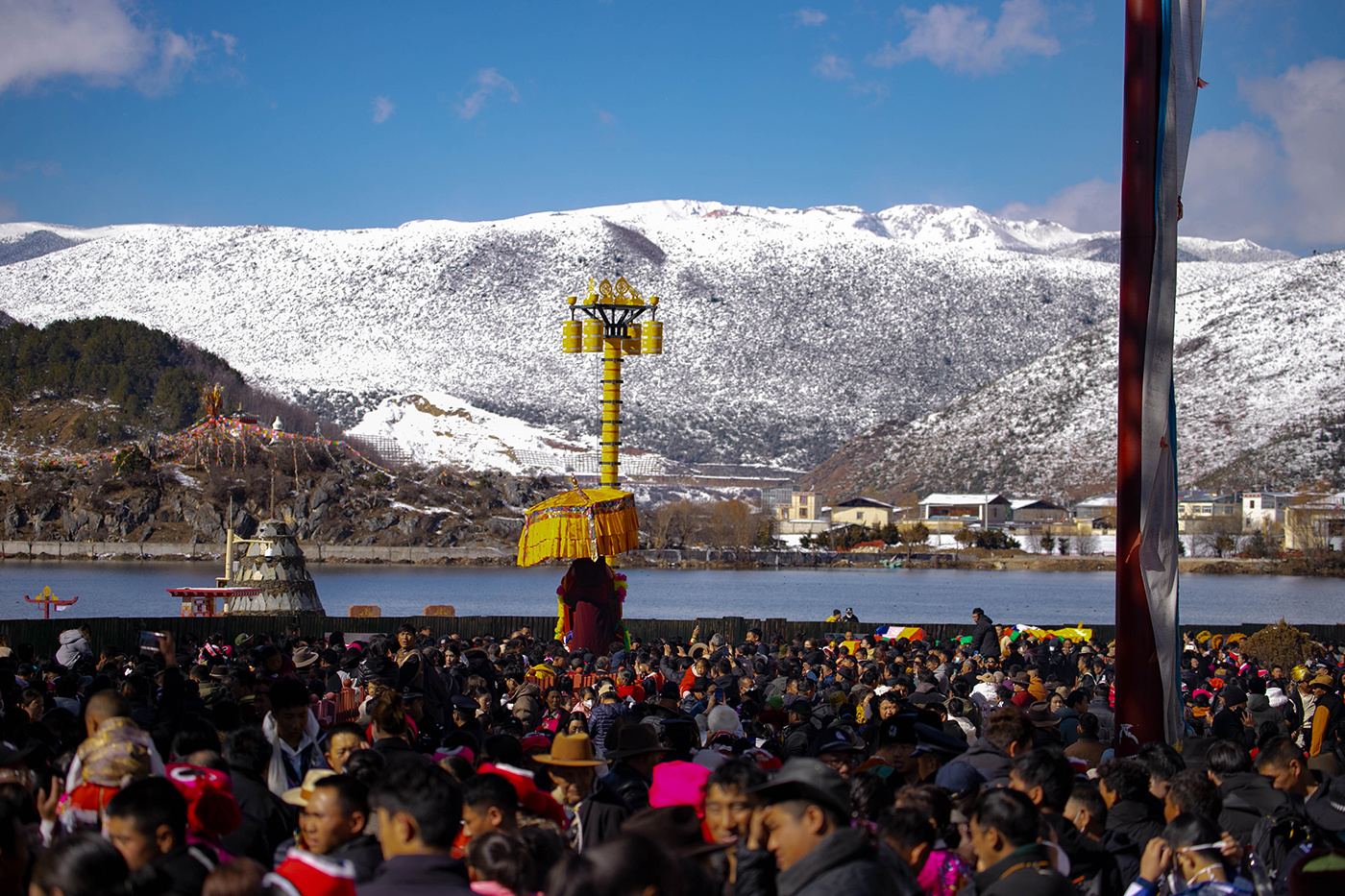-
-
-
Smart Scenic Area
-
-
Service Center
-
Nai Zi He Wetland
Category:
Scenic spots


Detailed description

The Naizi River, in ancient times, was considered a sacred river by the locals and named the Mother River. According to Bon teachings, before the world was created, two lights appeared, one white and one black. The white light represents light, warmth, and wisdom, while the black light represents evil, ignorance, coldness, and hatred.
If we associate the white light with the sun and moon in nature, and further connect the warmth, light, and overflowing love that the sun and moon brought to the Diqing Tibetan ancestors in eastern Tibet, no one would deny the specific meaning of the white light. The implication of the white light is the high status of the sun and moon in the primitive worship of the Diqing Tibetan ancestors on the Qinghai-Tibet Plateau. To express their respect for the sun and moon, according to the "Origin of Bon," a long time ago, a god of light from the heavens descended to the earth, encountering another god who had also descended. After they united, they gave birth to children, settled down, and thus, human life began here. At that time, all kinds of delicious and sweet dews filled the ground for people to enjoy, but after eating these foods, people's own light gradually faded, and their weight increased. When people's own light was exhausted, the earth fell into darkness.
Due to the creation of all beings and the grace of Buddha, the sun and moon rose from the ground, darkness was dispelled, and thus there was a distinction between day and night and the reckoning of years and months. This place is called "Shangri-La" (also translated as Xiangbala), Tibetan name "Omolongren," meaning the ideal kingdom for human survival. It is quite normal for the Diqing Tibetan ancestors to name their two beautiful castles on the banks of the Naizi River as Sun City (Niwangzong) and Moon City (Dukezong).

Scarecrow

Red-billed bird
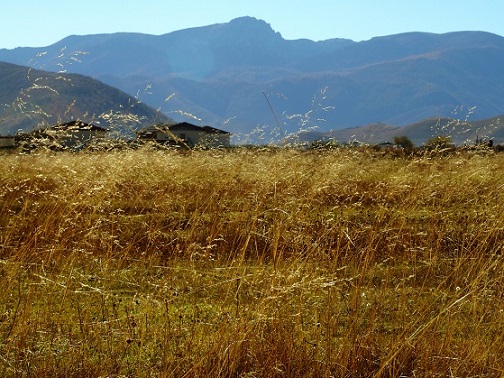
Autumn grass
Keywords:
Scenic spots
naizi
river
ancient
times
Previous:
Next:
Telephone:
Inquiries telephone:15758459023Office telephone:0887-8229411
Complaints telephone:15758459024Emergency telephone:15758459020
Address:
No.3, Niwang Road, Shangri-La City, Diqing Tibetan Autonomous Prefecture, Yunnan Province
Follow us
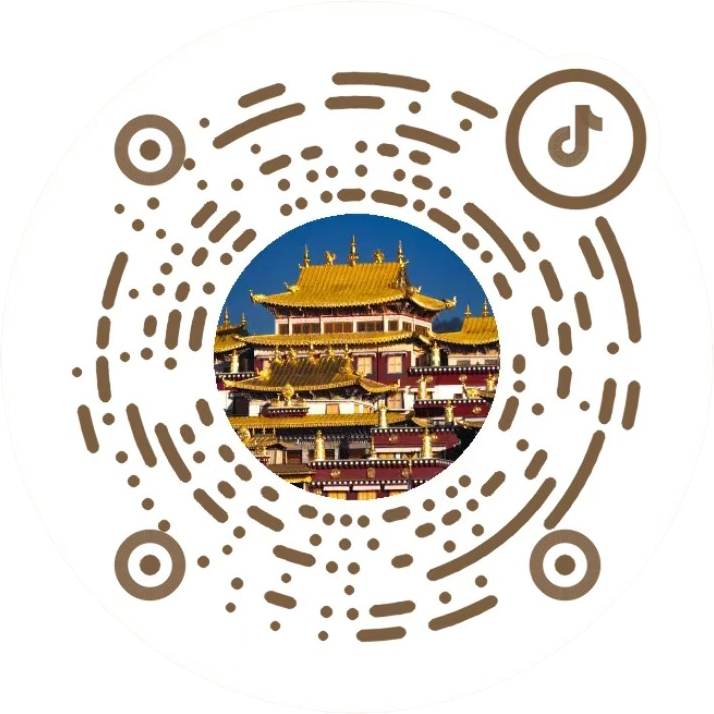
Douyin

Official Account

Video Account
COOKIES
Our website uses cookies and similar technologies to personalize the advertising shown to you and to help you get the best experience on our website. For more information, see our Privacy & Cookie Policy
COOKIES
Our website uses cookies and similar technologies to personalize the advertising shown to you and to help you get the best experience on our website. For more information, see our Privacy & Cookie Policy
These cookies are necessary for basic functions such as payment. Standard cookies cannot be turned off and do not store any of your information.
These cookies collect information, such as how many people are using our site or which pages are popular, to help us improve the customer experience. Turning these cookies off will mean we can't collect information to improve your experience.
These cookies enable the website to provide enhanced functionality and personalization. They may be set by us or by third-party providers whose services we have added to our pages. If you do not allow these cookies, some or all of these services may not function properly.
These cookies help us understand what you are interested in so that we can show you relevant advertising on other websites. Turning these cookies off will mean we are unable to show you any personalized advertising.
Copyright: Shangri-La Songzanlin Scenic Area Protection and Development Co., Ltd.


